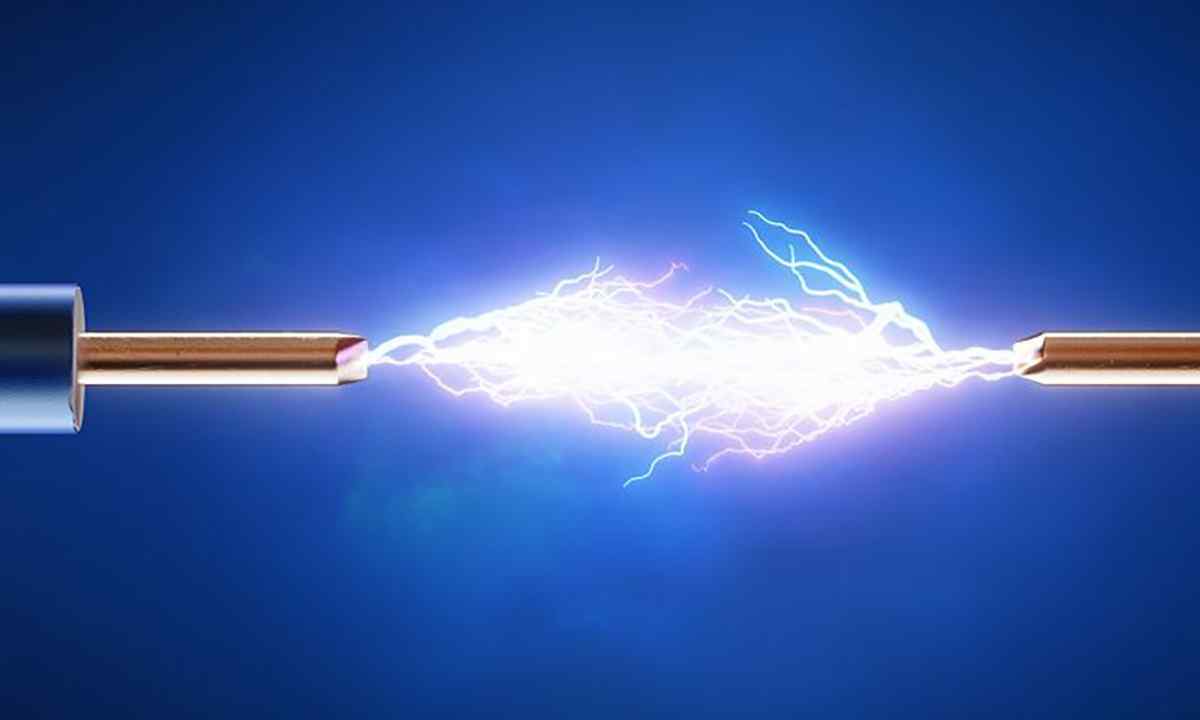The electrical wire is basis of all modern current network. Despite the seeming simplicity of question, the choice of suitable wire is difficult and responsible task. In case of mistake the wiring can become source of the increased danger.
The electrical wire consists of metal wire and the isolating material. It can have one (in the drawing on the right) or several veins (in the drawing at the left).Depending on it, by wires with the different number of veins various electric devices can be connected and gather different electrical circuits.
The wire can consist of set of several wires in internal isolation.
The electrical wire can not have at all isolating braid. Such wires are used for the organization of overhead power transmission lines.
The most important characteristics of electrical wire
All electrical wires differ on the area of cut of the conductor (as speak in the construction markets – quantity of squares), material of production and type of isolation.
Creation of network has to begin with selection of wire. At selection of electric cable it is necessary to consider the power of the connected consumer, working conditions in which there will be cable, and safety requirements. If it is necessary to connect the whole country house to power supply or to power, for example, production, then the chosen wires will strongly differ.
If the cable is chosen incorrectly, then it can become the reason of defeat of the person electric current or cause short circuit. In case protective automatic equipment does not work, then short circuit can lead to the fire. Such current network will bring to the user only some problems.
Cross-sectional area of the conductor
Any conductor has some cross-sectional area. The cross-sectional area of multicore wire is equal to the sum of cross-sections of wires (veins) which are its part. The required area of the conductor has to be calculated on formula.
From school course of physics it is known that there is regularity of R=pl/S where p-the unit resistance of specific material, l – length of the conductor, and S – that cross-sectional area. Remembering the law of Ohm I=U/R, it is possible to count the required area of cross-section. On illustration the direction of measurement of area of cut of the conductor is given below. It is calculated through diamtr.It is necessary to understand that if the section of wire is chosen incorrectly, then the conductor will heat up. It can lead to the fact that wire to melt. It, in turn, is fraught with ignition.
Material of production of wire
Wires are copper or aluminum. Also other conducting materials are used, but they meet much more rare.
Material of which the wire is made directly defines its geometrical characteristics. The less unit resistance of material in the formula provided earlier the smaller area of the conductor needs to be used. In this case the same regularities work.
The wire from improper material of the necessary section all the same will not be able to perform the functions.
The necessary list of specific resistance is provided in any school textbook.
Isolation type
Wires are made in various types of isolation. There are wires without isolation at all. The type of isolation is chosen according to operating conditions of wire. For example, if it is going to lay wire underground, then besides protective sleeve, will be correct to choose double isolation.
There are options of wires with water protective isolation. They are applied in the conditions of the increased humidity.
There are heat-resistant types of cables. In this case, electrical insulation is made of the non-combustible materials capable to keep the properties and not to collapse at the increased temperatures.
The good cable has to answer all to the listed conditions and to be picked up according to specifications. If at least one of conditions is missed, then the electrical circuit can become danger source.

